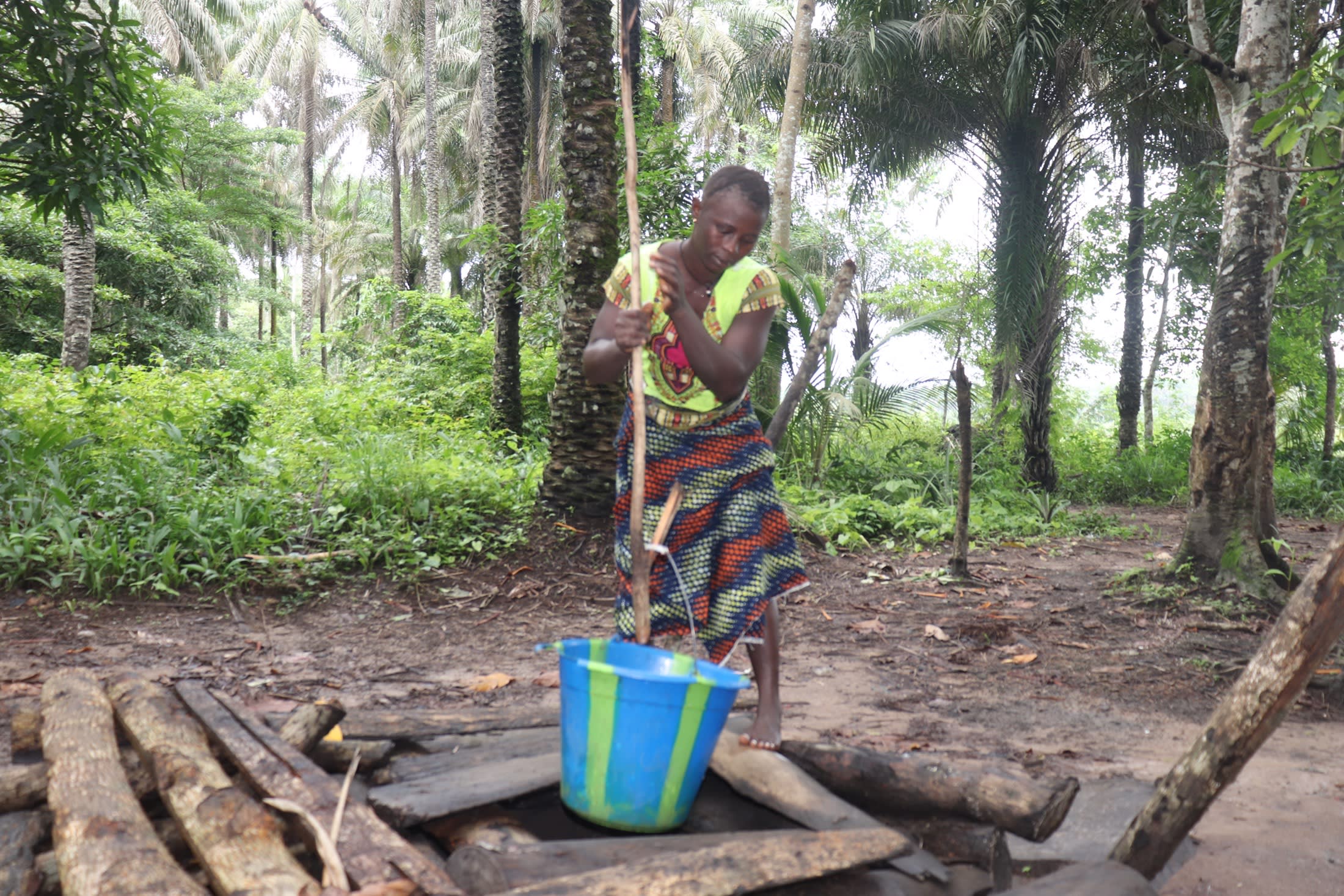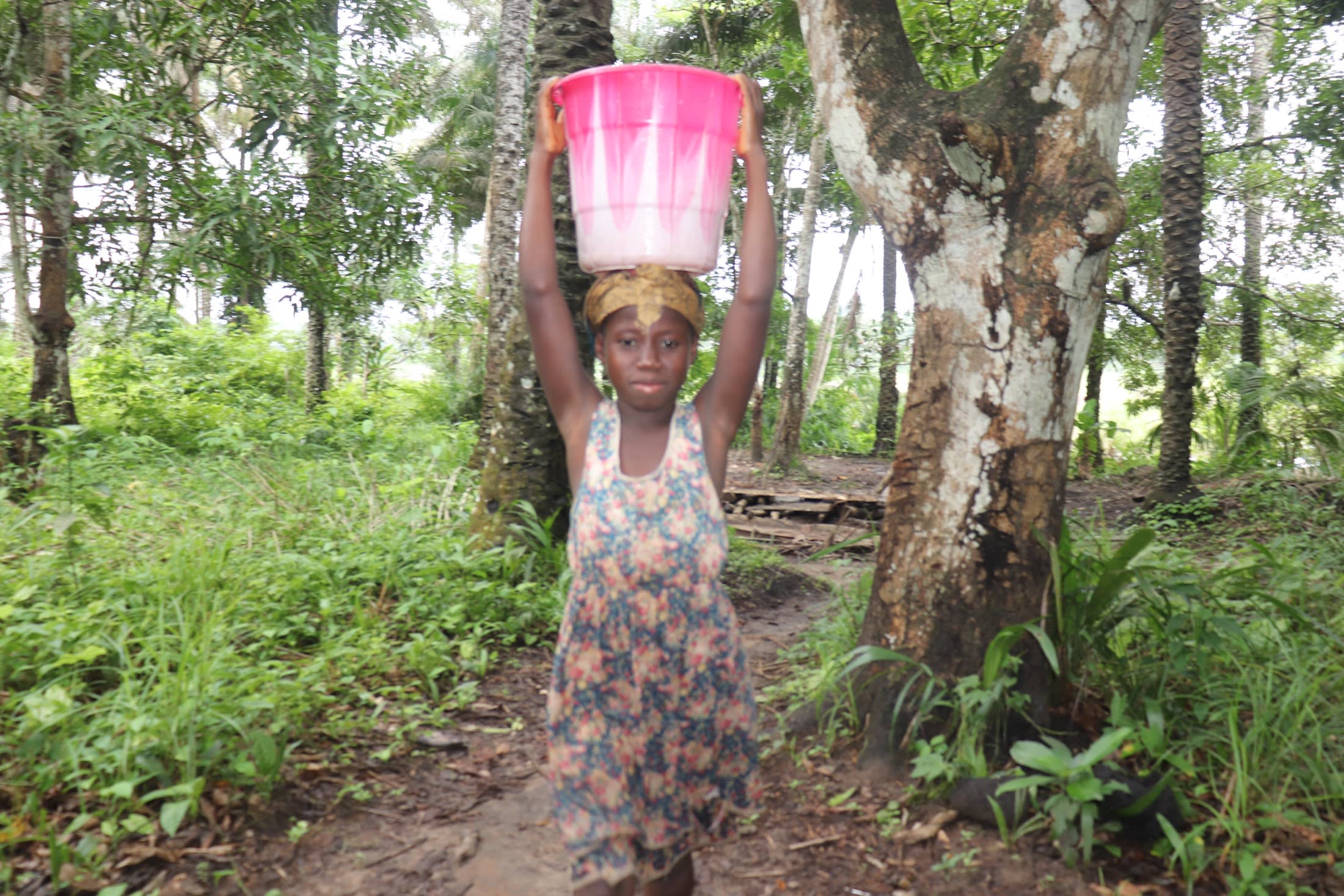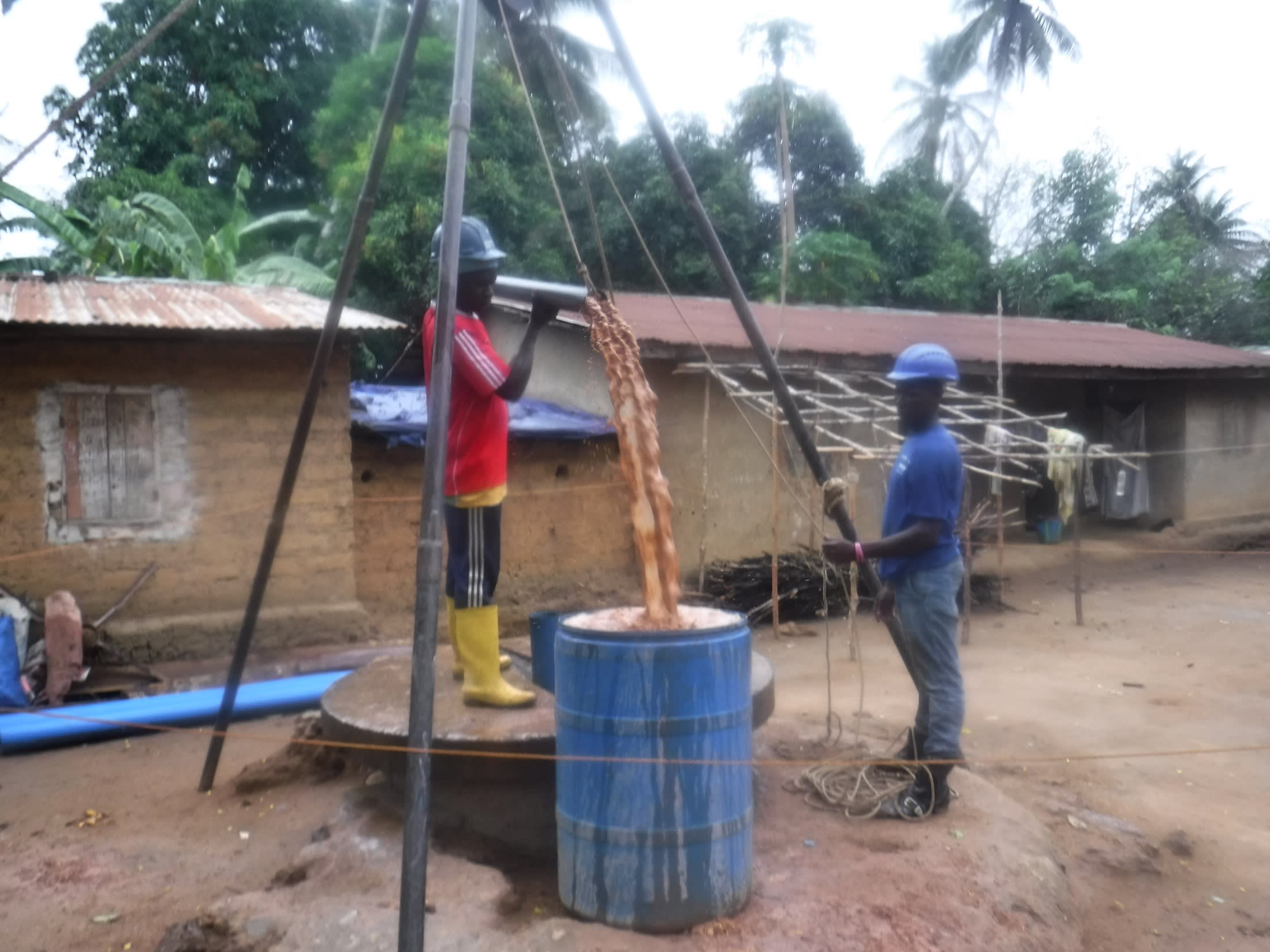Finding safe drinking water is impossible for the 550 community members of Malap with the village's current insufficient and contaminated water sources.
There are two protected hand-dug wells, but only one is functional because the other produces foul-smelling water. Even the functional one that we plan to rehab has seen better days due to neglect and a lack of maintenance over the years. It is facing significant issues: the well pad is seriously damaged and there is no fence or gate around it, allowing debris and stray goats, sheep, chickens, and dogs to visit looking for a drink. Our team also believes the state of disrepair makes the well a danger to children.
Currently, due to seasonality, the used well, originally dug by another organization in 1992, does not have water during eight months of the year; there is only water during the rainy season. Even when it rains, the well still does not have enough to meet the water demands of the entire community, forcing them to turn to other less-desirable sources of water around the village.
Mabinty Turay, a 46-year-old farmer and housewife, commented, "The water source can not serve all the people in the community and most times people will go wherever and whenever to get water, [with] no consideration to the quality as long as it is available."

Community members have resorted to digging open surface wells (pictured above) by hand. Although these wells produce some water, they also pose significant risks to people's health from contamination. They cannot be used at all during the rainy season, since runoff water flows directly into the well. This means the water is contaminated with fertilizers as well as and human and animal waste. It is also not uncommon to see frogs, leaves, tree branches, trash, and dirt floating in the water.
The need for a safe, sustainable water source that can serve the needs of the community is a high priority since both the main and alternate sources currently used do not provide safe water. They have water that is cloudy, has an odor, and has not been chlorinated in years. The only current reliable source available is rainwater, stored exclusively for drinking, but only available during the short rainy season.
"Every year, the elders deepen the water source, because it seems every year it reduces. The open well used to be available more in the past than now. It now takes longer to fill a bucket than it ever took. More time is now spent waiting for others to finish fetching to be allowed a turn without ever going home with the needed amount. Water is rationed by the number of people in a household," said Sallu K, a 13-year-old boy.
The reported health consequences of using these water sources range from stomachaches, diarrhea, and vomiting to typhoid, dysentery, cholera, and skin infections. The sooner the community is provided with a clean source of water, the sooner the clinic will record a reduced number of cases relating to water-borne illnesses.
Mabinty Turay shared, "Most families have lost several children over the years. I know the water is one of the reasons our children die so often. The school, the community, and even the health clinic cannot provide a safe source of water for the patients. It actually defeats the purpose of having a clinic in the village if people go there to be cured and end up coming out with something that can easily kill them."

She continued, "As a mother, [fetching water] is one of my many responsibilities that I have to perform throughout the day, early in the morning and sometimes late at night. We are used to the fact that we cook and drink water that is very bad for our health but with no other choices, we are left with drinking contaminated water."
What a gift clean, safe water from this rehabbed well will provide to mothers like Mabinty.
Here’s what we’re going to do about it:
Well Rehabilitation
The well marked for this overhaul is dry for a few months every year and needs major work to supply adequate, clean water to the community year round. The pump will be removed, and a hand auger will be lowered inside and powered by a drill team. This hand auger will allow the team to drill several meters deeper to hit a sufficient water column that will ensure the well supplies water throughout all seasons.
As the team drills, casing will be installed, transforming the bottom of this hand-dug well into a borehole. PVC piping will connect this lower system directly to the pump, a construction that we know will also improve the quality of water.
Once this plan is implemented, everyone within the community will have access to safe drinking water in both quality and quantity, even through the dry months.
Hygiene and Sanitation Training
There will be hygiene and sanitation training sessions offered for three days in a row.
After our visit, the hygiene and sanitation trainer decided it would be best to teach community members how to build a tippy tap (a hand-washing station built with a jerrycan, string, and sticks). They will use these tippy taps for handwashing demonstrations, and will also teach about other tools like dish racks and the importance of properly penning in animals.
These trainings will also strengthen the water user committee that manages and maintains this well. They enforce proper behavior and report to us whenever they need our help solving a serious problem, like a pump breakdown.

 Borehole Well and Hand Pump
Borehole Well and Hand Pump































